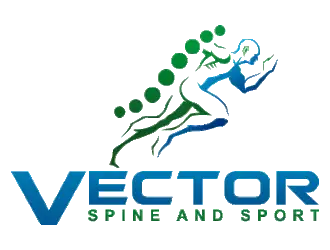Chiropractic care has evolved significantly since its inception in the late 19th century. Today, it stands as a respected, evidence-based healthcare discipline, primarily focusing on the diagnosis, treatment, and prevention of mechanical disorders of the musculoskeletal system, especially the spine. This post explores the foundational elements of chiropractic care, shedding light on its history, the principles of evidence-based practice, and the modalities it employs to enhance musculoskeletal health.
The Historical Context of Chiropractic Care
The journey of chiropractic care began in 1895 with D.D. Palmer, who introduced this healthcare approach based on manual spinal manipulation. Since then, the field has undergone rigorous scientific scrutiny, evolving into a healthcare discipline that emphasizes an evidence-based approach to diagnose and treat spinal and musculoskeletal disorders.
The Evidence-Based Approach to Chiropractic Care
Modern chiropractic care is rooted in the latest research and clinical evidence. It integrates clinical experience with the best available research data and considers patients’ preferences and values. This triad forms the core of evidence-based practice in chiropractic, ensuring that the treatments are not only effective but also tailored to individual patient needs and supported by scientific evidence.
Chiropractors today are well-trained healthcare professionals who focus on the relationship between the body’s structure—mainly the spine—and its function. While they are known for their expertise in spinal manipulation, they employ a range of techniques to improve function and provide pain relief for various musculoskeletal conditions.
Techniques and Treatments in Modern Chiropractic Practice
Chiropractic treatments have expanded beyond spinal manipulations to include a variety of evidence-based techniques:
- Spinal Manipulation and Adjustment: Applying controlled force to a spinal joint to improve motion and physical function.
- Mobilization: Gently moving and stretching joints and muscles to enhance mobility and flexibility.
- Soft-Tissue Therapy: Using techniques to relax tight muscles, relieve spasm, and release tension in the body’s fascia.
- Rehabilitative Exercises: Guiding patients through specific exercises to improve strength, flexibility, and range of motion.
- Patient Education: Offering advice on posture, ergonomics, and exercise to help manage and prevent musculoskeletal conditions.
- Lifestyle Recommendations: Providing strategies to improve overall health, including stress management, nutrition, and healthy living habits.
Chiropractic Today: A Scientific and Patient-Centered Approach
The chiropractic field continues to grow with a strong commitment to patient-centered care and an unwavering dedication to scientific advancement. Chiropractic practitioners are not just spinal specialists but are healthcare providers adept at enhancing musculoskeletal function and contributing to overall well-being.
If you’re considering chiropractic care for a musculoskeletal issue, it’s essential to engage with a practitioner who upholds evidence-based practices. This ensures that the care you receive is not only aligned with the latest research but also customized to meet your unique health needs and preferences.
In conclusion, chiropractic care today stands as a testament to the harmonious blend of tradition, scientific progress, and a deep understanding of the human body’s musculoskeletal system. It’s an evolving field with a solid foundation in evidence-based practice, offering a viable, non-invasive option for those seeking relief from musculoskeletal conditions.


